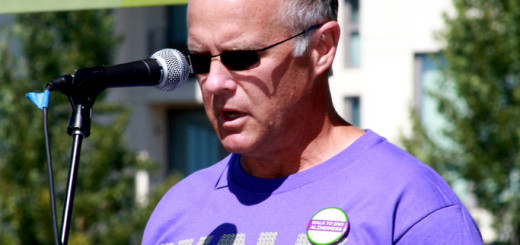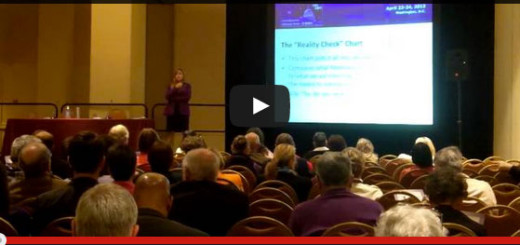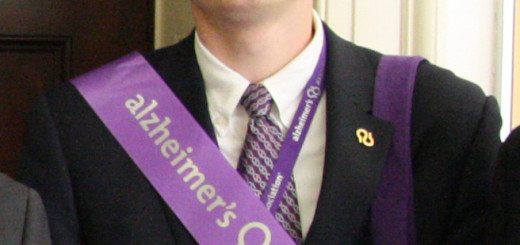Encouraging news: New docs learn people skills and communities prepare for an aging population
Recently reading two newspaper articles significantly increased my optimism temperature when thinking about our preparation for the future.
First, the New York Times article, “New for Aspiring Doctors, the People Skills Test,” outlined a new process medical schools are using to evaluate applicants’ behavior and communications skills before granting admission. While a pleasing bedside manner and an ability to listen have always been treasured traits in the medical profession, such expectations are not always met; the schools know that, too. Today, physicians’ decision-making, patient interactions and cultural competency are increasingly important. In fact, research shows that, despite one’s technical competence, poor communication among health care professionals and their patients can result in bad health outcomes – even preventable deaths. Yikes! Combine that with the reality that medicine is increasingly being practiced in coordinated teams, rather than in a solo practice, and we can see why it makes sense for medical schools to “screen out” applicants with inadequate communication and social skills.
I’m happy to say that recommendations put forth in California’s State Plan for Alzheimer’s Disease address these very issues of cultural competence and the team approach. While the medical school’s evaluation process is new, our hope is that it will eventually incorporate the unique attributes necessary in caring for the elderly, and in particular, those with Alzheimer’s disease. Technical competence is, of course, a prerequisite, but it’s proven that cultural competency improves understanding and communication not only with the patient, but also with the family… such important elements in ensuring delivery of the best care and treatment. The State Plan also advocates for “medical homes,” a concept that promotes a coordinated approach to health care.
So, it’s encouraging that the medical schools, in adopting this approach, tie together their understanding of emerging policies (e.g. the development of collaborative health care systems, encouraged by health care reform) with their own need to ensure applicants will be successful in the new system; the result will be to turn out health care professionals who can provide better quality of care. It’s a very hopeful step!
The second article that bumped up my enthusiasm level was “Cities, businesses adjust to accommodate aging boom,” in the San Francisco Chronicle. It seems that certain cities really are paying attention to something most of us have known for a very long time — that America is aging – rapidly! Many seniors find themselves in an environment better suited for the “young and sprightly”, but some municipalities are finding creative ways to transform their cities into age friendly living. Public policy does have a role to play in supporting active and independent lives. Consider that New York City, where seniors will soon outnumber schoolchildren, is using idle school buses for seniors’ errands. A good idea! Or, in Portland, where they are examining whether planning and zoning policies address senior concerns. Yet another locale is assessing whether their walkable city improves the health of older adults. Now is the time to actively engage your communities to explore ways to enhance an age friendly environment. We, of course, go a step further, and encourage you to think of ways to create dementia friendly communities as well. A challenge, yes, but not insurmountable.
Please let us know if you see some trends in your own communities that are promoting age friendly environments. This is a situation where there cannot be enough good ideas!

















